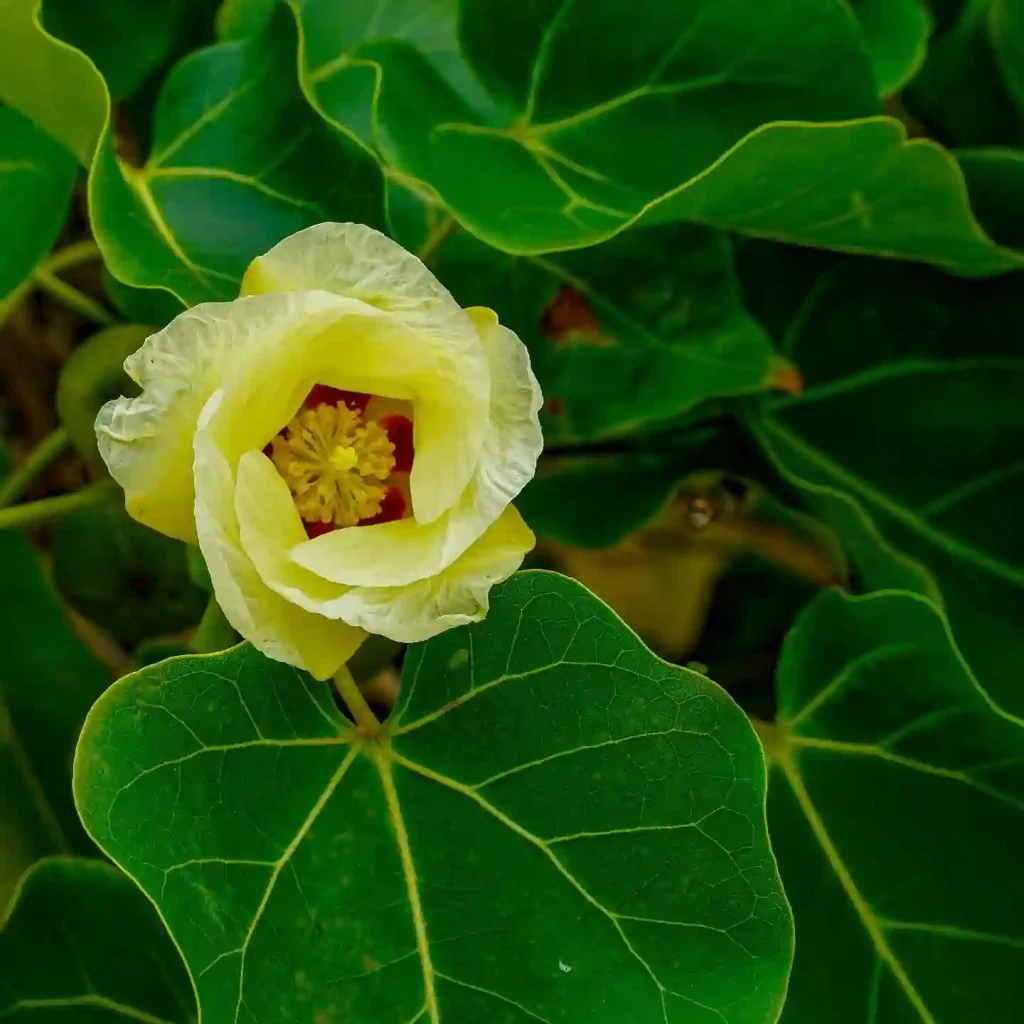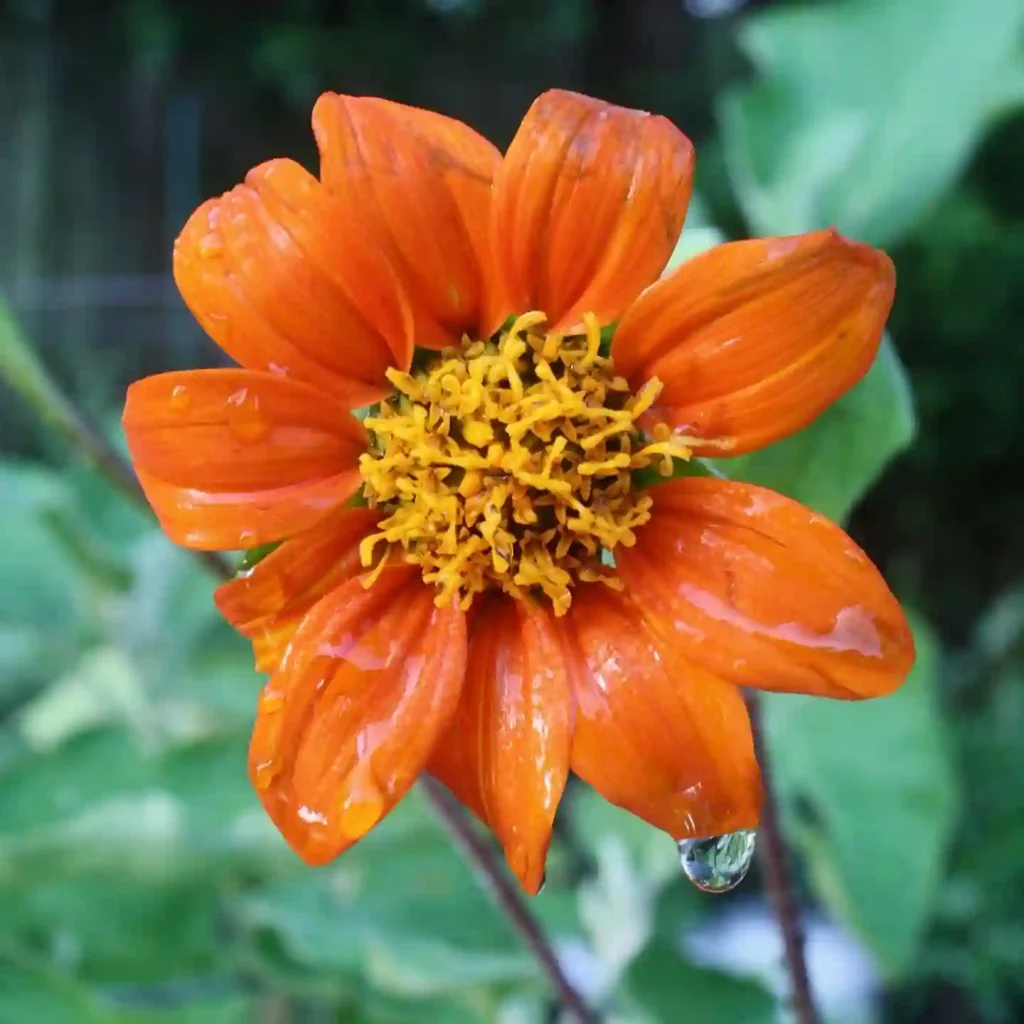
FAQs About Echeveria Desmetiana
As an avid succulent enthusiast, I’m often asked about the Echeveria Desmetiana, a charming and resilient plant that has won many hearts, including mine. This succulent is renowned for its attractive rosette shape and vibrant colors. Here’s a comprehensive guide answering the most frequently asked questions about Echeveria Desmetiana.
202 Species in Genus Echeveria
What is Echeveria Desmetiana?
Echeveria Desmetiana, often referred to as the “Desmetiana”, is a type of rosette-forming succulent belonging to the Crassulaceae family. Native to Mexico, this plant is celebrated for its stunning foliage. The leaves are typically a soft, pastel green with a hint of pink or coral at the tips, especially when exposed to bright light. Its compact rosette shape makes it a popular choice for both indoor and outdoor gardens.
How to Care for Echeveria Desmetiana?
Caring for Echeveria Desmetiana is relatively straightforward, making it an excellent choice for both beginners and seasoned succulent lovers. Here’s what you need to know:
- Light Requirements: This succulent thrives in bright, indirect sunlight. If grown indoors, place it near a south or west-facing window. For outdoor cultivation, ensure it gets plenty of morning sunlight but is protected from the harsh afternoon sun to prevent leaf scorch.
- Watering: Like most succulents, Echeveria Desmetiana prefers a dry environment. Water it thoroughly when the top inch of soil is dry. During the winter months, reduce watering as the plant goes dormant. Overwatering can lead to root rot, so it’s crucial to let the soil dry out between waterings.
- Soil: Use well-draining soil designed for succulents or cacti. A mix of potting soil with perlite or sand works well. Proper drainage is essential to prevent water from sitting at the roots.
- Temperature: Echeveria Desmetiana prefers temperatures between 60°F and 80°F (15°C to 27°C). It can tolerate brief periods of colder temperatures but should be protected from frost.
How to Propagate Echeveria Desmetiana?
Propagating Echeveria Desmetiana is both fun and rewarding. There are a couple of effective methods:
- Leaf Cuttings: Gently twist off a healthy leaf from the base of the rosette. Allow the leaf to dry for a day or two until a callus forms. Place the leaf on top of a well-draining soil mix and mist lightly. Roots will begin to form within a few weeks, and a new rosette will emerge.
- Offsets: This succulent often produces offsets or “pups” around the base. Gently separate these offsets from the main plant and plant them in their own pots with a well-draining soil mix. Water sparingly until the new plants establish roots.
What to Plant With Echeveria Desmetiana?
Echeveria Desmetiana pairs beautifully with other succulents and cacti. Here are a few combinations that work well:
- Hens and Chicks (Sempervivum): Their contrasting textures and colors create an appealing display.
- Sedum (Stonecrop): Varieties like Sedum ‘Angelina’ add vibrant color and complement the Echeveria’s rosette shape.
- Aloe Vera: The upright growth of Aloe Vera contrasts nicely with the Echeveria’s rosette form.
Is Echeveria Desmetiana Toxic?
Echeveria Desmetiana is non-toxic to both humans and pets. It’s safe to grow around children and animals, making it an excellent choice for households where curious hands or paws might be a concern.
Common Problems with Echeveria Desmetiana
While this succulent is relatively low-maintenance, a few issues may arise:
- Root Rot: Overwatering is the most common cause of root rot. Ensure the soil is well-draining and water only when necessary.
- Sunburn: Too much direct sunlight can cause the leaves to scorch. Provide filtered light or some shade during the hottest part of the day.
- Pest Infestations: Watch out for common pests like mealybugs or aphids. Regularly inspect your plant and treat any infestations with insecticidal soap if needed.
Comparing Echeveria Desmetiana with Similar Succulents
Echeveria Desmetiana is often confused with Echeveria ‘Lola’ and Echeveria ‘Perle von Nurnberg’. Here’s how they compare:
- Echeveria ‘Lola’: This plant has a similar rosette form but usually exhibits more pronounced pink and lavender hues.
- Echeveria ‘Perle von Nurnberg’: Known for its striking purple tones, this succulent has a more compact rosette compared to the Desmetiana.
In summary, Echeveria Desmetiana is a delightful succulent that’s both beautiful and easy to care for. Whether you’re new to succulent gardening or an experienced enthusiast, this plant is a wonderful addition to any collection. With its minimal care requirements and charming appearance, it’s sure to bring joy to your garden or indoor space.
If i die, water my plants!



